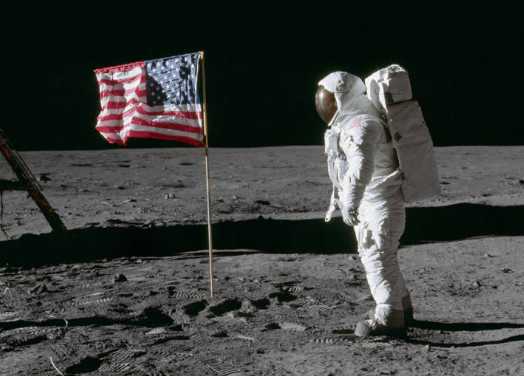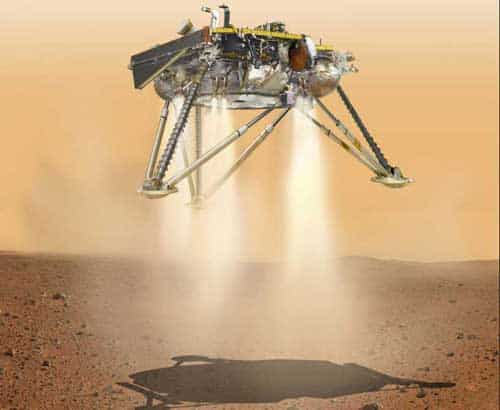
After more than a decade traveling through space, a robotic lander built by the European Space Agency has made the first-ever soft landing of a spacecraft on a comet.
Mission controllers at ESA’s mission operations center in Darmstadt, Germany, received a signal confirming that the Philae lander had touched down on comet 67P/Churyumov-Gerasimenko on Wednesday, Nov. 12, just after 8 a.m. PST/11 a.m. EST.
A statement about Rosetta from John Grunsfeld, astronaut and associate administrator for NASA’s Science Mission Directorate, is online at:
The lander is expected to send images from its landing site, named Agilkia. These will be the first images ever taken from a comet’s surface. Philae will also drill into the surface to study the composition, and witness close up how a comet changes as its exposure to the sun varies. With its primary battery, Philae will remain active on the surface for about two-and-a-half days. Philae’s mothership, the Rosetta spacecraft, will remain in orbit around the comet through 2015. The orbiter will continue detailed studies as the comet approaches the sun and then moves away.
In addition to their well-deserved reputation as beautiful cosmic objects, comets hold vital clues about our solar system’s history. They are considered primitive building blocks of the solar system that are literally frozen in time. Comets may have played a part in “seeding” Earth with water and, possibly, the basic ingredients for life.
NASA provided three of the 16 instruments on board the Rosetta orbiter. The NASA instruments are: the Microwave Instrument for Rosetta Orbiter (MIRO); Alice, an ultraviolet spectrometer; and the Ion and Electron Sensor (IES), which is part of a suite of five instruments. For more information on the U.S. instruments aboard Rosetta, visit:
Rosetta is a European Space Agency mission with contributions from its member states and NASA. Rosetta’s Philae lander is provided by a consortium led by the German Aerospace Center, Cologne; Max Planck Institute for Solar System Research, Gottingen; National Center of Space Studies of France (CNES), Paris; and the Italian Space Agency, Rome. NASA’s Jet Propulsion Laboratory in Pasadena, California, a division of the California Institute of Technology, Pasadena, manages the U.S. participation in the Rosetta mission for NASA’s Science Mission Directorate in Washington.
More information about Rosetta is available at:








